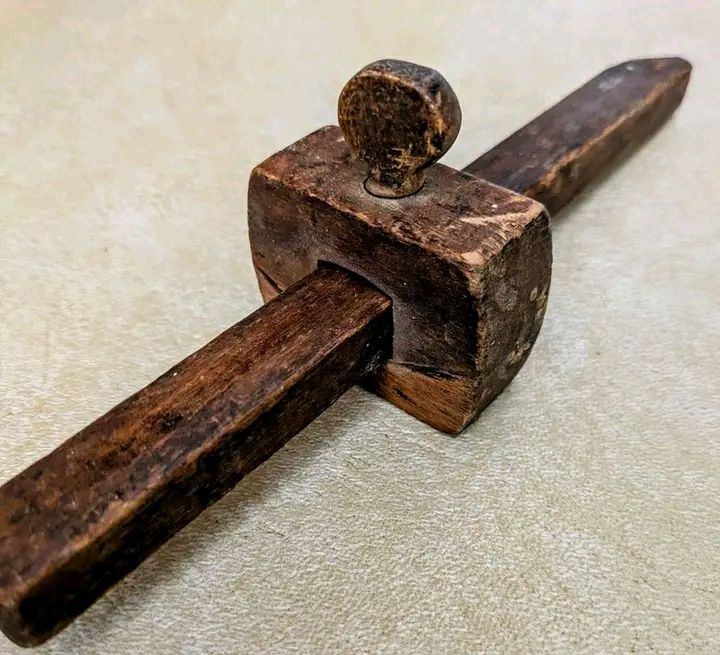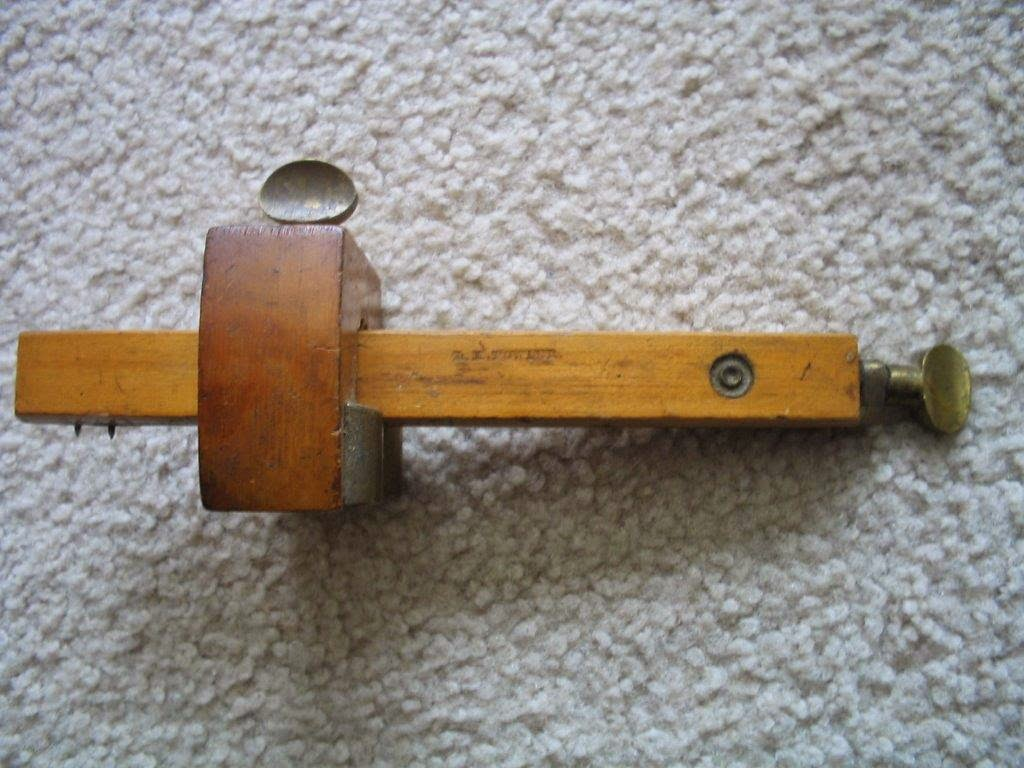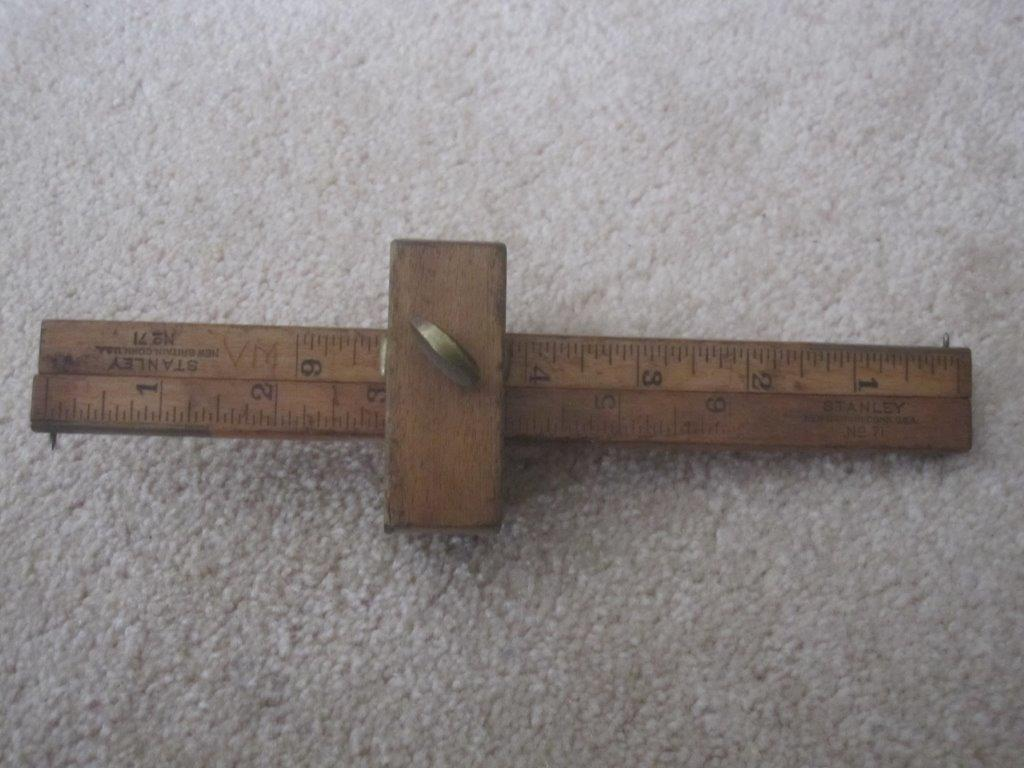When you think of essential woodworking tools, the marking gauge might not immediately come to mind. Often overlooked and taken for granted, this simple yet powerful tool plays a critical role in achieving precision in hand-tool woodworking. Whether you’re creating uniform surfaces, transferring accurate measurements, or duplicating them across multiple parts, the marking gauge is indispensable. In this article, we’ll unravel the mystery behind this tool, its historical significance, and how it can transform your woodworking projects.
What is a Marking Gauge?

A marking gauge is a tool used to scribe a line parallel to a reference edge, ensuring consistent measurements in woodworking projects. It typically consists of a long arm, a fence or head, and a scribing pin or blade. This tool helps woodworkers create precise and repeatable cuts, guiding saws and chisels with accuracy.
In the past, craftsmen used marking gauges to maintain uniformity in their work, preventing mistakes and ensuring that each piece they created adhered to exact measurements. Today, even with all the high-tech tools available, the marking gauge still proves its value, particularly for hand-tool enthusiasts who prioritize precision and craftsmanship.
History of the Marking Gauge
The marking gauge has been in use for centuries, dating back to the 18th century and beyond. Toolmakers of that era, like Benjamin Seaton, who owned a famous tool chest that has survived intact, crafted gauges for both personal use and sale. Inventories from this period show that woodworkers not only purchased ready-made marking gauges but also bought gauge pins to make their own.
This rich history highlights the versatility of the marking gauge, which could be customized according to the specific needs of the woodworker. These pins, although no longer commonly available for sale, allowed woodworkers to build superior, custom-made gauges from basic materials in their shop, a practice that is still useful today for hobbyists and professionals alike.
Building Your Own Marking Gauge
While modern mass-produced marking gauges are widely available, many woodworkers prefer to build their own, appreciating the ability to tailor the tool to their specific needs. One classic design worth copying is the marking gauge found in Benjamin Seaton’s tool chest. Known as a “French gauge,” this simple tool offers features that surpass many modern versions.
One of its key advantages is the captive wedge, which allows you to adjust and lock the gauge with one hand—a feature missing from many modern tools. The head of the gauge has an ergonomic shape, providing excellent control over pressure and depth while cutting.
Feel free to modify the dimensions to fit your personal preferences. For instance, some woodworkers make the arm shorter so it fits easily in their tool chest. A useful tip is to match the width and thickness of the arm to one of the chisels in your kit for a perfect fit.
When it comes to materials, beech and birch were common in historical tools, but hardwoods like maple, cherry, and mahogany work just as well. Use 6/4 stock for the head of the gauge and 4/4 stock for the arm. For the pins, 4d finishing nails or cut brads work fine, but for better edge retention, consider using drill bits, as they are easy to shape and maintain a sharp edge longer.
Using the Marking Gauge

Once you’ve built or purchased your marking gauge, learning how to use it effectively is key to getting the most out of it. The unique design of the Seaton gauge—specifically its comfortable head shape and captive wedge—offers several benefits compared to modern mass-produced tools.
Hold the gauge with your thumb and index finger, wrapping your hand over the top of the head. This grip allows you to lock, unlock, and adjust the gauge with just one hand, making it incredibly efficient during use. If the head slides too freely on the arm, engage the wedge slightly to create friction. Once you achieve the desired setting, press the wedge with your thumb and tap it lightly on your workbench to lock the gauge firmly in place.
A key insight is that the pin of the gauge is rarely perpendicular to the wood in use. Instead, it trails slightly behind the arm, allowing you to adjust the depth of the cut. The closer the pin is to vertical, the deeper the mark. For long-grain marks, start with a light pass, barely engaging the wood, and make deeper cuts on subsequent passes if needed. This technique is especially useful for coarse-grained wood.

When working across the grain, use a lighter touch to avoid tear-out. Shaping the pin like a small knife helps, but keep the angle of attack low for cross-grain cuts. With a little practice, you can use this technique to quickly and accurately mark mortises, reducing time spent on measuring and improving overall efficiency.
Benefits of a Handcrafted Marking Gauge
So, why go through the trouble of building your own marking gauge? Aside from the satisfaction of crafting a custom tool, there are practical reasons. A well-made, handmade marking gauge offers:
- Precision: You can design the tool to match your specific needs, ensuring it fits comfortably in your hand and works with your other tools.
- Durability: By selecting high-quality materials, your gauge can last for decades with minimal maintenance.
- Flexibility: Homemade gauges allow for easy modifications, such as replacing pins or adjusting the length of the arm.
The Marking Gauge: A Tool for Precision

No tool in woodworking guarantees precision quite like a marking gauge. It’s a tool that many people underestimate but quickly realize they can’t live without once they start using it. By building a gauge yourself, you gain more than just a tool—you get a customized extension of your craftsmanship.
Conclusion
The marking gauge may appear simple, but it’s an essential tool for anyone serious about woodworking. Its history stretches back centuries, proving its lasting value in the workshop. Whether you build your own or purchase one, the marking gauge ensures precision and repeatability in your projects, making it a must-have for creating professional, high-quality work.
By understanding how to use this tool effectively, and perhaps even building your own, you can elevate your woodworking craft to new levels of accuracy and finesse. So, the next time you find yourself needing perfect, repeatable measurements, don’t underestimate the power of the humble marking gauge—it just might be the key to unlocking your full potential in the shop.